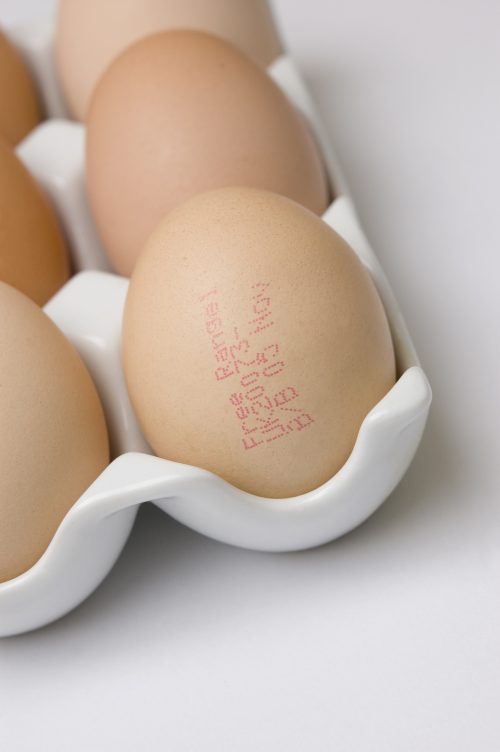
Dietitian Catherine Saxelbry investigates if it’s okay to eat food that’s gone past its ‘use-by’ date.
Checking the use-by date when you buy can save you time and money, and prevent food poisoning. But how rigorous do you have to be?
The dates on foods provide us with valuable information on the quality and safety of what we’re buying. It’s the first thing I check for when I buy things like milk, yoghurt, cheese, dips or shaved ham. According to NZFSA food standards, packaged foods, both local and imported, must be date marked in one of three ways:
1. Use-by date
This date gives you an idea of how long you can safely consume the food for. The food should be eaten or thrown away by the use-by date for health reasons, such as food poisoning. The food is not safe to eat, even though you may not see any signs of spoilage like mould or an ‘off’ smell. Generally, use-by dates are found on perishables and foods with a short shelf life such as fresh meat packed at the supermarket, packet ham and deli meats, milk, yoghurt, custard and dairy products, as well as many ready-to-heat products like chilled pasta sauce or garlic bread. It is illegal to sell food once past its use-by date.
2. Best-before date
This tells you the time of best eating quality, if stored properly according to instructions. A product will remain fresh and of good quality right up to its best-before date (and sometimes beyond) if it is properly stored, both at home and at the supermarket. The food is not spoiled immediately after the date and can still be sold if in good condition and not damaged or deteriorated, but its quality will have begun to decline. Most cereals, biscuits, snack foods, flour, eggs, canned and frozen foods are labelled with a best-before date. Manufacturers generally err on the side of caution and set a conservative best-before date to encourage you to eat the product while it is fresh and at its best. So think of the best-before date as a general guide only. Frozen, dried and canned products, in particular, tend to keep their quality for some time after the best-before date. If it’s in your fridge and has passed the best-before date, use the look-and-sniff test. Provided the food looks and smells as you would expect, it should be safe to eat.
3. Baked-on (or packed-on) date
This way of date marking is usually on bread, muffins and cakes with a shelf life of less than seven days so you can tell how fresh they are.
Exceptions
Almost all foods carry a date mark of some sort except for foods with a long shelf life over two years such as vinegar, salt or sugar.
Who decides?
It is up to the manufacturer to determine which type of date marking should be used on their foods and how long to suggest you keep it before eating. Generally manufacturers use real-time tests, accelerated shelf life tests (based on storing the product at higher-than-normal temperatures) or computer-based models to determine the date.
Refrigerate after opening?
Storage dates apply to the unopened container. Once you open it at home, the recommended storage time no longer applies. These days, most manufacturers suggest on their label how long you can keep it after opening.
So a jar of tomato pasta sauce may sit in your cupboard for six months but once opened, it must be refrigerated and will only last 10 days. As a rule of thumb, it’s best to transfer any unused portion to a screwtop jar or airtight plastic container and store in the refrigerator. Use within a reasonable time (within a week).
Use-by dates are important on perishable foods and they let us know when the food is no longer good to eat. Best-before dates, on the other hand, are a guide as to the best time to eat the food. Use your judgment if exceeding this date.
Buying tips
When shopping, avoid buying:
- Foods that have a tear or rip in the packaging
- Packets where the seal is imperfect (check tamper-proof seals are intact)
- Swollen, rusty or severely dented cans
- Leaking cartons, bottles or containers
- Cracked eggs
- Frozen food packs containing ice crystals
www.healthyfood.com










